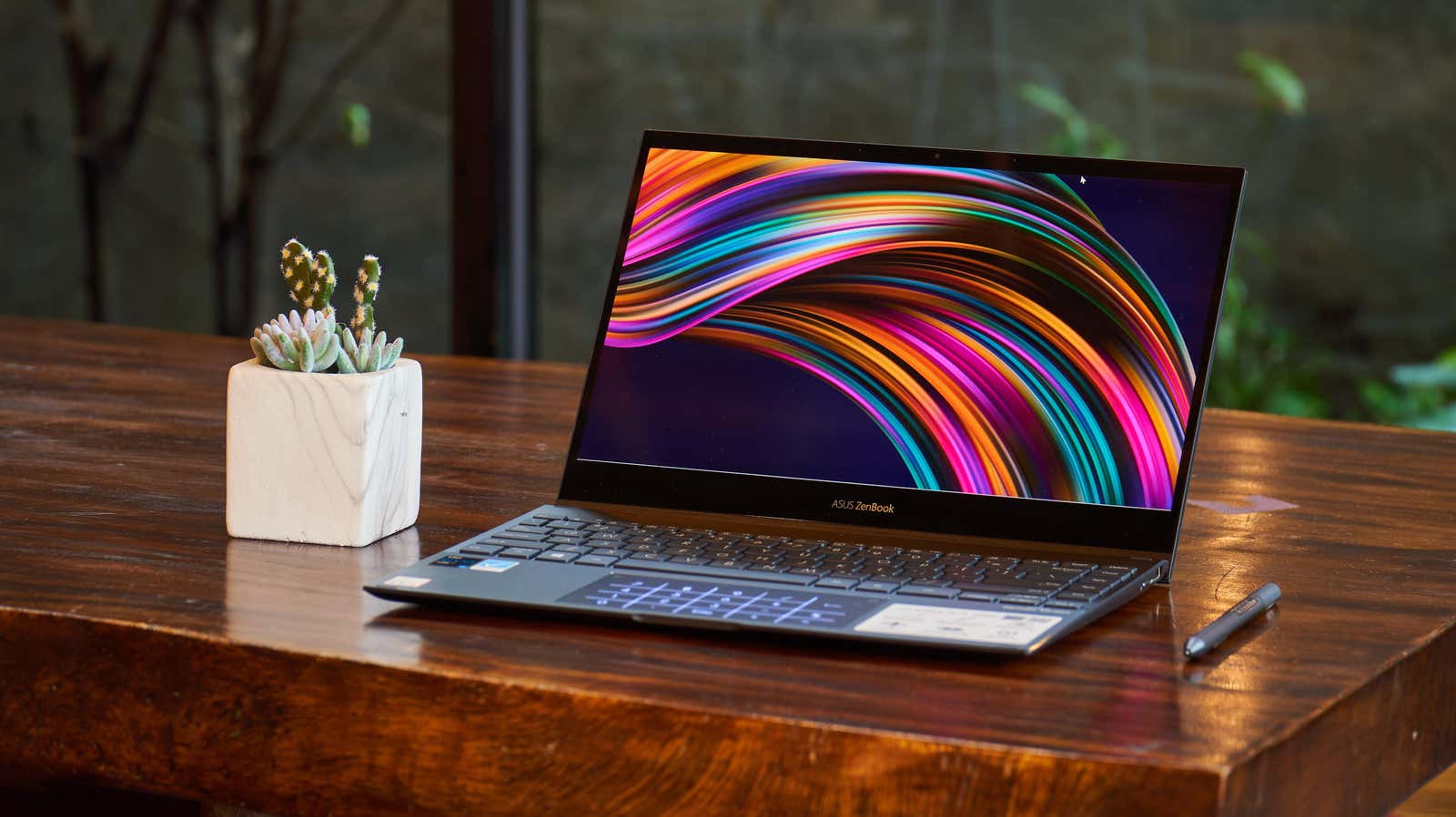You Must Change These Settings on Your New Windows PC

Upgrading machines often means better performance, more memory, and a new stylish design. But even in 2022, setting up a new PC is still a headache. Before you set up your new computer, follow these six steps to make sure your new computer is just the way you like it.
Change your Windows update settings
First, you must install Windows Updates immediately . Updates keep your computer safe online as Microsoft regularly fixes security vulnerabilities in its operating system. Go to Settings > Updates & Security > Windows Update . Install any updates that appear here.
When the updates are complete, take a few minutes to review your Windows update settings, which will keep you from automatically updating your PC at the wrong time. Just go to the same Windows Update settings page again, then select Change activity hours . This setting determines when you usually work on your computer, which blocks Windows updates from installing during those hours. Return to the previous page and select Advanced options . You will probably want to disable restarting this device as soon as possible so that your computer does not restart immediately after downloading the update.
Remove Windows Malware
Once you’re done with Windows Updates, it’s time to remove the crap you don’t need from your computer. If you have built your own PC, you have nothing to worry about. But if you bought a laptop or pre-built PC, there’s a good chance the manufacturer installed a bunch of apps that you’ll never use, including antivirus apps, social networking apps, and other unnecessary programs. You have to go to Settings > Apps on your PC and remove the ones you don’t need.
Install all your favorite apps at the same time
After removing malware from your PC, you will need to install the applications you want to use. However, you don’t have to install them one at a time: you can use Ninite to select all the apps you’ll need and install them at the same time, making it one of the best ways to boost productivity for new Windows PCs .
Some applications (such as the Adobe CC suite and Microsoft Office) are not available through Ninite, so you still need to install them manually. Ideally, you should make a list of the apps you’ll need before you start tweaking your PC to speed things up. While you’re at it, don’t forget to update your PC screenshot utility and avoid rogue apps .
Schedule regular backups
Obviously, you don’t want to lose data if your computer crashes. You can use the built-in Windows tools to back up your computer, or third-party services like Backblaze . Check out our detailed guide to backing up your PC and you’ll find the solution that’s right for you.
Change your PC’s privacy settings
By default, your computer tracks and collects a lot of data about you. You should review its privacy settings periodically by going to Settings > Privacy in order to reduce shadow tracking on your computer . You may have to spend 15 minutes or so going through all the options on this page, but it’s worth it for your privacy.
Check what programs start when the computer boots
Almost every application tries to run in the background when the computer boots up. Over time, this makes your computer take forever to run. Plus, it’s annoying – you don’t need most of these apps every time you turn on your computer, so you end up closing them one by one. You can avoid all these headaches by reducing the number of applications that run when you turn on your computer. It’s helpful to have some apps start automatically, like the messaging app you use a lot, but apps like Microsoft Edge absolutely don’t need to start when you boot your computer. You can view a list of apps that run at startup by going to Settings > Apps > Startup .